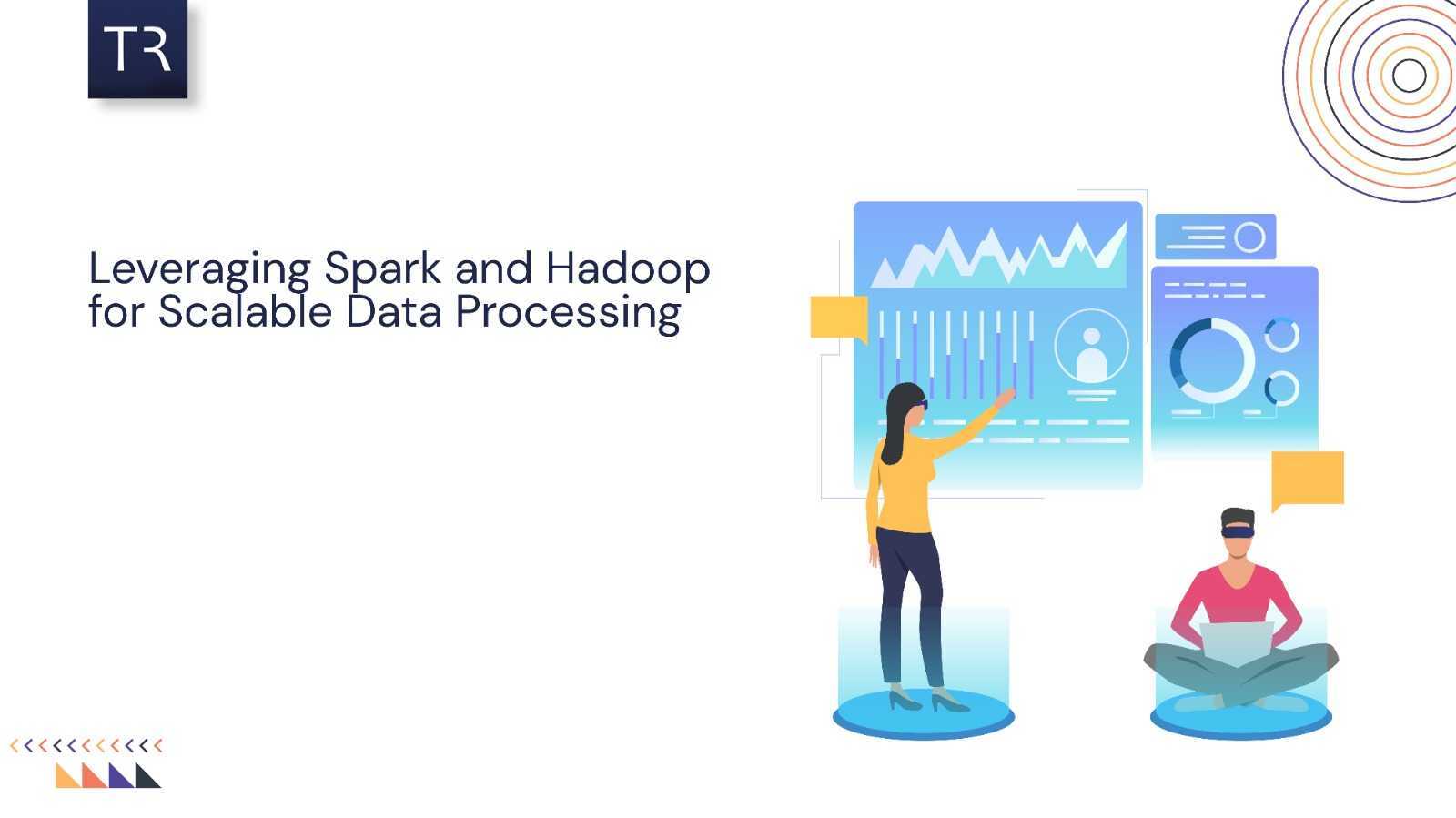Physical address:
573 Hutchinson Ln, Lewisville, TX 75077, USA.
The era of big data has revolutionized how organizations operate, making the ability to process and analyze massive datasets essential. Traditional systems struggle under the weight of exponential data growth, necessitating scalable solutions like Apache Spark and Hadoop. These powerful tools have transformed data processing, offering unparalleled speed, efficiency, and flexibility. In this blog we will combine Spark and Hadoop for Scalable Data Processing.
Overview of Apache Spark
Apache Spark is an open-source, distributed computing system designed for speed and ease of use. With its in-memory processing capabilities, Spark achieves lightning-fast computation times, making it ideal for iterative algorithms, machine learning, and streaming analytics.
Key Features of Spark
- In-Memory Computing: Reduces disk I/O for faster processing.
- Rich APIs: Provides APIs in Scala, Python, Java, and R.
- Fault Tolerance: Ensures data recovery in case of failure.
Real-World Applications
From recommendation systems to real-time fraud detection, Spark powers mission-critical processes in industries ranging from finance to healthcare.
Overview of Apache Hadoop
Apache Hadoop, a cornerstone of big data processing, consists of several components working in tandem to handle large datasets. Its distributed storage system, HDFS, and processing engine, MapReduce, enable efficient data handling at scale.
Core Components
- HDFS: A distributed file system for storage.
- MapReduce: A processing engine for batch operations.
- YARN: Manages cluster resources for Hadoop applications.
Use Cases
Hadoop is widely used in data warehousing, log analysis, and large-scale indexing projects.
Comparing Spark and Hadoop
| Feature | Spark | Hadoop |
|---|---|---|
| Processing Speed | Fast due to in-memory computation | Slower with disk-based MapReduce |
| Data Handling | Supports batch and streaming workloads | Best for batch processing |
| Ease of Use | Simplified APIs | Requires complex configurations |
Related links you may find interesting
Key Advantages of Combining Spark and Hadoop
When used together, Spark and Hadoop provide a highly scalable and flexible environment for processing diverse data formats. Spark’s in-memory capabilities complement Hadoop’s storage, creating a powerful synergy.
Real-World Applications of Spark and Hadoop
From predictive analytics in retail to genome sequencing in healthcare, Spark and Hadoop power cutting-edge innovations. Businesses can harness their capabilities to gain actionable insights and competitive advantages.
Conclusion and Key Takeaways
Leveraging Spark and Hadoop for scalable data processing unlocks unparalleled opportunities for businesses. By combining Spark’s speed with Hadoop’s storage efficiency, organizations can tackle even the most demanding data challenges. As big data technologies evolve, these tools will remain at the forefront, enabling innovation and success.
FAQs About Spark and Hadoop
- Can Spark run without Hadoop?
Yes, Spark can operate independently, but Hadoop’s HDFS enhances its functionality. - Which is better for real-time data?
Spark excels in real-time applications due to its in-memory processing. - Are Spark and Hadoop secure?
Both offer robust security features, including encryption and access control. - What industries benefit most from these tools?
Industries like finance, healthcare, and e-commerce leverage them extensively. - How do I get started with Spark and Hadoop?
Start by setting up a Hadoop cluster and integrating Spark following official guides. - Is cloud integration possible?
Yes, both tools are compatible with major cloud platforms like AWS, Azure, and Google Cloud.


